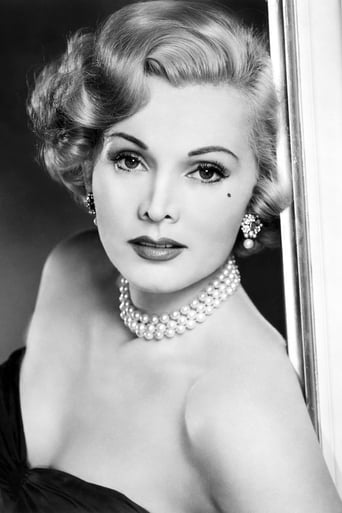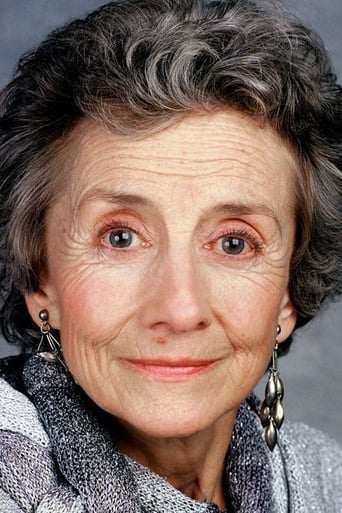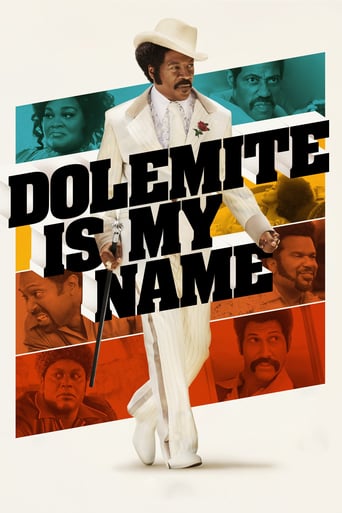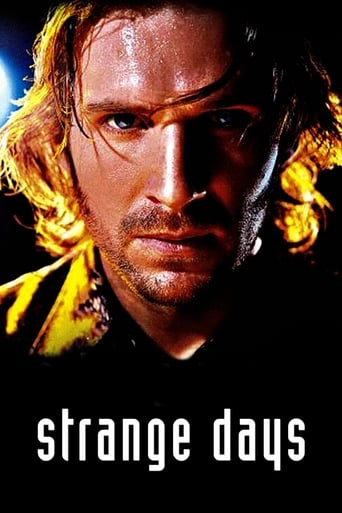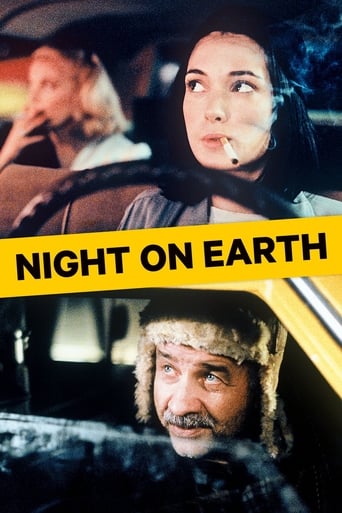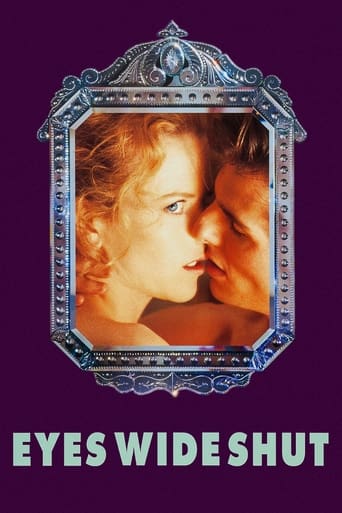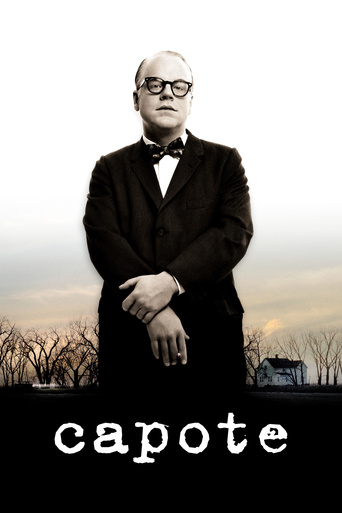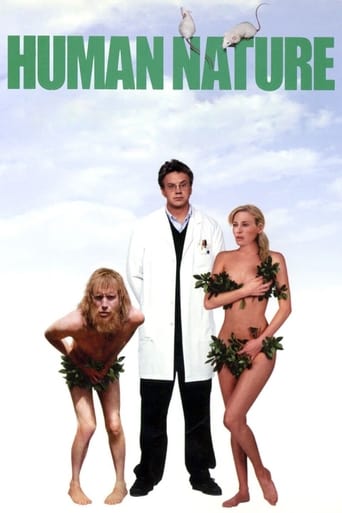

Moulin Rouge (1952)
Born into aristocracy, Toulouse-Lautrec moves to Paris to pursue his art as he hangs out at the Moulin Rouge where he feels like he fits in being a misfit among other misfits. Yet, because of the deformity of his legs from an accident, he believes he is never destined to experience the true love of a woman. But that lack of love in his life may change as he meets two women
Watch Trailer
Cast


Similar titles
Reviews
I'm giving John Huston's MOULIN ROUGE a full ten stars even though this "biopic" of French painter Henri de Toulouse-Lautrec plays fast and loose with some of the facts of the painter's life and about the people around him. What little it lacks in accuracy it more than makes up for in artistic quality.This movie may have the most exciting opening sequence of any film in history. Paris, 1890. The film begins with a shot of the exterior of the famed Moulin Rouge, and in a long tracking shot, makes its way inside as if it were one of the patrons. It follows them up the stairs to where the orchestra is playing, across to where some rowdy young men are having a grand time getting loaded, and after keeping us on pins and needles, finally focuses its attention on the club dance floor, where four legendary dancers are performing a form of Can-can style dance featuring lots of dexterity and the ability to do high kicks and splits.The four dancers are La Goulue (Katherine Kath), the Algerian Aicha (Muriel Smith), Valentin Dessosse (Walter Cresham) partnered with La Goulue, and Tutte Lemkow as Aicha's partner, unnamed in the film.La Goulue is clearly the star of this number, in her own mind at least, and she and Aicha detest one another to the point that when Aicha accidentally steps on La Goulue's foot, the two women almost erupt into a full-out brawl but Valentin manages to get between them and the number continues. I can't really describe the number very well, but it is exciting and full of energy.During all this we've seen a few shots of a man seated at one of the tables closest to the floor; at first we see him only from the back, and then we see his hands as he sketches what he is seeing. Finally we get a look at him: Toulouse-Lautrec himself (Jose Ferrer looking almost eerily like the man). As he rapidly sketches the action on the floor, he takes frequent gulps from a glass of cognac despite the admonition of one of the waitresses not to "drink so fast; it burns your stomach." With the first number concluded, some of the patrons go out on the dance floor. Then Chocolat (Rupert John), a short Black man, does a brief soft-shoe, stopping at Lautrec's table and receiving a tip. La Goulue approaches Lautrec and asks if he saw Aicha step on her foot, to which he replies "I saw you kick her in the derriere." And as La Goulue tells him what she will do to Aicha one day, the Algerian sneaks up behind her and returns the kick. Enjoying the spectacle immensely, Lautrec pours each woman a cognac, which naturally they throw in each other's faces, and the catfight is finally on, as Lautrec watches with an expression of unadulterated glee. The fighting stops when Jane Avril (Zsa Zsa Gabor) appears at the top of the stairs to sing the title song. Muriel Smith did double-duty here, supplying Gabor's singing voice. I notice a lot of people criticizing Gabor's lip-synching, but since the usual method is to film the song first and lay the vocal over it later on, if there are slips in the lip-synching they are not Gabor's, but Smith's.Finally the chorus comes out to do the classic Can Can number we all know so well, and the evening is over. Lautrec remains seated until the club is empty, and when he finally stands up we see his deformity: his legs are no longer than a child's.Walking home, he recalls in flashback the injuries that caused his infirmity, and in the midst of his reverie is accosted by a street girl named Marie Charlet (Colette Marchand) who is running from the police and asks Lautrec to vouch for her, which he does.The segment that follows is possibly the film's weak point. Marie Charlet was a fictional character loosely based on several women in Lautrec's life, and as Marchand plays her she is shrill, annoying, and quite unbearable. But she does not appear to be repulsed by Lautrec's deformity, and he falls in love with her for this. Hard to fathom since the character is so annoying. And equally hard to fathom is that Marchand got an Oscar nomination for what was basically a one-note character. I won't reveal more details except to say that eventually he learns she never loved him and was using him as a sugar daddy, a revelation which makes him completely distrustful of love and of women, so that when a woman truly falls for him (the lovely Suzanne Flon), he cannot allow himself to be that vulnerable again.Needless to say the ending is not a happy one, but the film is beautifully shot, the acting superb except for Marchand (Even Zsa Zsa does a better job as the rather silly Jane Avril), and the story, with all its holes, still a compelling one. If it misses greatness, it doesn't miss it by much. In fact the opening sequence alone is worth the price of the ticket.
Huston must have been Technicolor-blinded: the film is awash in garish hues, about the only thing to recommend it. Seen the dancing girls once, you've seen them jump and yelp six or seven times. Dull script (well, Huston didn't have Dashiell Hammett as his foundation), with a flashback sequence that seems slightly ridiculous, with José Ferrer playing Lautrec AND Lautrec's father (see the virtuosity!), leaden pacing, not a single clever line. Lautrec comes across as a bearded brat, pettish and spoiled. The flash-cut sequences showing Lautrec's paintings are jumpy and amateurish and poorly timed--it's hard to believe this is the creator of The Maltese Falcon, Beat The Devil, and Treasure of the Sierra Madre. Painter loses girl, painter loses girl, painter loses girl. Nobody loves him or appreciates him, then he dies. Zsa Zsa Gabor lip-synchs bad songs badly and offers nothing as an actress except a reminder that the era required several Marilyn Monroe facsimiles. I had a difficult time staying awake, and by the time Lautrec finally closed his eyes I had long since done so myself.
I do agree that Moulin Rouge does take liberties with the truth, then again it is not the first biopic to take liberties with the truth. Amadeus did, so did Immortal Beloved, and The Great Caruso for that matter, that didn't stop me liking them, especially for the music. No in fact, the only real complaint I have of Moulin Rouge is that the pace is rather languid particularly when the film changes tone, but there is a lot to redeem it. John Huston does a great job with the directing, and the script is good. The film looks wonderful, the Technicolour is ravishing and the costumes are gorgeous, and the music is beautiful. Take a look at the first twenty minutes, what a magnificent sense of vibrancy of of 1880s Paris. The story then shifts to tell the morbid tale of artist Henri de Toulouse-Lautrec. This character is brilliantly played by Jose Ferrer, who as he fleshes out Henri's weaknesses doesn't seek sympathy, though especially in the ending we do feel for him. Tsa Tsa Gabor also gives a surprisingly credible performance as the dancer Jane Avril, just one of the women in his life. Overall, just a very enjoyable biopic. 8/10 Bethany Cox
Jose Ferrer is absolutely convincing as Henri Toulouse-Lautrec the artist. A man tortured by a childhood accident that revealed an inherited genetic defect and left him in constant pain with legs that did not grow to full length. As a result he was shorter than most women. He was emotionally unable to overcome this and fell into despair thinking himself to be ugly and undesirable to women. The pain and the disability caused him to seek relief in the form of Cognac drank with increasing frequency. It occurred to me that death at so young an age was a tragic loss of talent. And yet, had he not developed his disability, he would most likely have grown up and been much like his father, a gentleman, statesman, and wealthy socialite, his talent as an artist never developed to its potential. His self deprecating attitude prevented him from trusting his feelings with others. After one bad experience with an emotionally damaged woman he never allowed himself to admit love again. He immersed himself in his art and his surroundings, but never another woman. His love interest was played exceptionally well by a lovely, spirited, enchanting woman, Colette Marchand. She too was a tortured soul, wanting happiness and a better life so badly it hurt, but she was so emotionally damaged she was not content in the "upper class" life of Lautrec. According to the movie plot Henri loved her to the end. An end that came much too soon due in part to his alcoholism and his illness. His parents were first cousins which caused some serious health problems due to inbreeding. This movie was so well executed I gave it a 9 but I always leave room for a 10 "just in case". Great detail is given to his art form and there are many of his paintings displayed throughout. (I am certain they were authentic looking duplicates) The costumes and clothing look spot on perfect. Lots of color, wild dancing and music. I am certain if you like movies from this period you will enjoy a look into the life of Henri Toulouse Lautrec. I have not seen the more recent version of this movie but I find it hard to believe anyone would think themselves capable of doing justice to the original. Perhaps I will have to rent it just to satisfy my curiosity.



